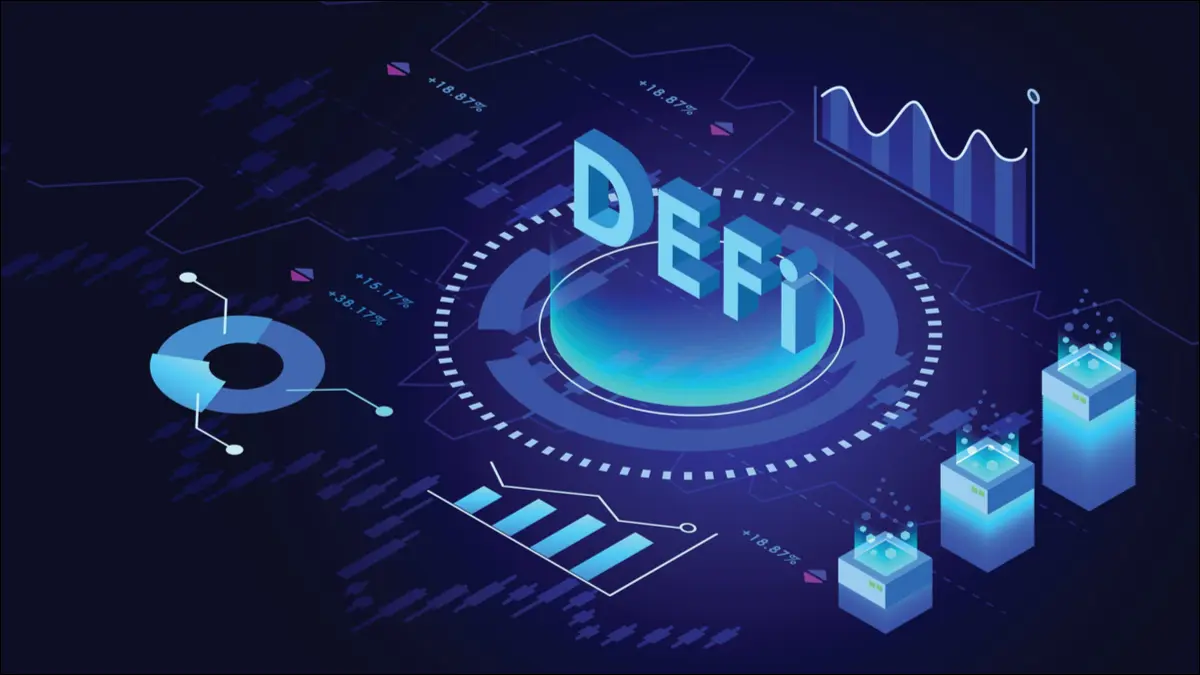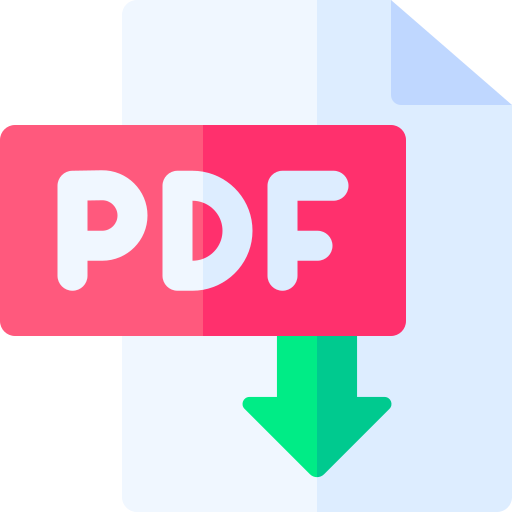Bitcoin—a payment system in which anyone on earth can send money to anyone else—was just the start of the crypto revolution. The people building DeFi applications seek to take accessibility one step further. Decentralized finance has been touted as a possible solution to lowering the barrier of entry for those who struggled to access bank accounts. And more recently, it’s being utilized by cryptocurrency owners for another purpose: to make more money.
Let’s take a look.
What is DeFi?
Taken collectively, DeFi apps are financial products that run on a public blockchain, such as Ethereum. These products are permissionless, meaning they don’t use third parties. Instead of financial intermediaries, such as brokers and banks, everything is automated into the protocol via smart contracts.
Want to take out a loan? You don’t need the bank to hand you money. You can get a loan directly from your peers. Ready to bet on Bitcoin futures and other derivatives? Forget finding a bookie. You can let the protocol handle it. Looking to swap one asset for another? Decentralized exchanges can facilitate the transaction without taking a huge cut.
Who invented DeFi?
There is no single inventor of DeFi, but DeFi applications first appeared on top of Ethereum, which was invented by Vitalik Buterin. They have since expanded to other networks that use smart contracts to automate transactions. These include Solana, Binance Smart Chain, and Avalanche
What’s so special about it?
DeFi has several key features.
First, it’s “open,” meaning you can use the applications by creating a wallet—often without displaying any identifying information, such as name and address. That’s theoretically (if not technologically) simpler than having a bank account.
Second, you can move funds around near-instantaneously via a blockchain, so no waiting for the bank transfer to clear.
Third, the rates (for now, at least) are much better than at traditional banks, though transaction costs vary depending on the blockchain network.
Last, DeFi applications work together like “money Legos.” This “composability” allows anyone to create, modify, mix and match, link, or build on top of any existing DeFi product without permission. Unfortunately, this feature may also be DeFi’s biggest weakness, because if a key component, such as the DAI stablecoin, becomes vulnerable or corrupted, the whole ecosystem built around DAI may come crashing down.
What can you do with DeFi?
There are three basic types of DeFi applications.
💰 Lending/borrowing: If you own cryptocurrency, you can lend it to a protocol such as Aave or Compound in exchange for interest and/or rewards. Likewise, you can borrow digital assets from such a protocol, which is particularly useful if you want to make a trade. Be careful, though! Most DeFi protocols use over-collateralization, meaning you must put up more than the amount you want to borrow; if the asset’s value falls too much, the protocol may take your collateral to avoid losses.
Many DeFi users utilize this as a way to earn assets through “yield farming,” in which they lock up funds in a pool of assets to get rewards. Since rates vary depending on protocol and asset, skilled yield farmers move their assets to capitalize on the best rates.
💱 Trading: With centralized exchanges such as Coinbase and Binance, you’re relying on the exchange to take custody of your assets with each trade. Decentralized exchanges remove the intermediary so people can trade directly with one another. Moreover, DEXes such as Uniswap and PancakeSwap allow people to list new tokens for trading. The lack of vetting increases the risks, but it also allows people to “get in early” on new assets before they hit wider markets.
💸 Derivatives: Sometimes you don’t want to be limited to trading particular coins or tokens. Derivatives platforms such as dYdX and Synthetix allow people to do more than spot trading. For example, users can make leveraged trades in which they bet more than they have, or even create “synthetic assets” that mimic traditional stocks and commodities.
How are DeFi applications produced?
Anyone capable of writing smart contracts is able to create DeFi applications. There are several tools for testing and/or deploying smart contracts, among them Truffle and Ganache for Ethereum. After downloading a framework to build smart contracts, you can create a token that allows a protocol to utilize the blockchain network. On Ethereum, this is an ERC20 token; on Solana it’s called SPL, and Binance Smart Chain has BEP20s.
Having a token allows the protocol to interact directly with the layer-1 blockchain’s coin. But projects have also promoted their tokens to push decentralization. Lending protocol Compound, for instance, uses COMP as a governance token; those who hold it get to make decisions about the protocol’s code and treasury allocations.
How do you use DeFi products?
Anyone can use DeFi products by going to an application’s website and connecting with a DeFi-enabled crypto wallet, such as MetaMask on Ethereum or Phantom on Solana. Most DeFi dapps do not require users to give up any personal information or register.
However, because the applications are built atop a blockchain, you must use that blockchain’s coins to pay for transactions. ETH is required in order to pay for transactions on the Ethereum network, SOL is necessary on the Solana blockchain, and so forth.
The Future of DeFi
As of November 2020, less than $20 billion worth of value was locked in various DeFi products, most of them on Ethereum. By the following year, it was worth more than $260 billion, with $19 billion coming from Binance Smart Chain alone.
If the trend continues and the DeFi maximalists are right, this is just the beginning of a massive DeFi wave. True believers argue that the advantages of an open and decentralized financial system are simply too compelling to not capture trillions of dollars of value.
But challenges remain. In November 2021, risk management firm Elliptic estimated that DeFi users lost $10.5 billion to hacks and scams over the preceding two years.
Headlines like that have drawn the attention of regulators. In August 2021, U.S. Securities and Exchange Commission chairman Gary Gensler called for tougher regulation of DeFi, and suggested that some DeFi platforms could fall foul of securities laws. Months later, he argued that “without protections, I fear that it’s going to end poorly.” Thailand’s SEC has also come out in favor of regulation, suggesting that some DeFi projects could require a license to operate in the country.
And the Bank of International Settlements has gone a step further, warning that DeFi vulnerabilities “exceed those in traditional finance” and could even threaten global financial stability. There’s a battle shaping up between DeFi advocates and its critics.




